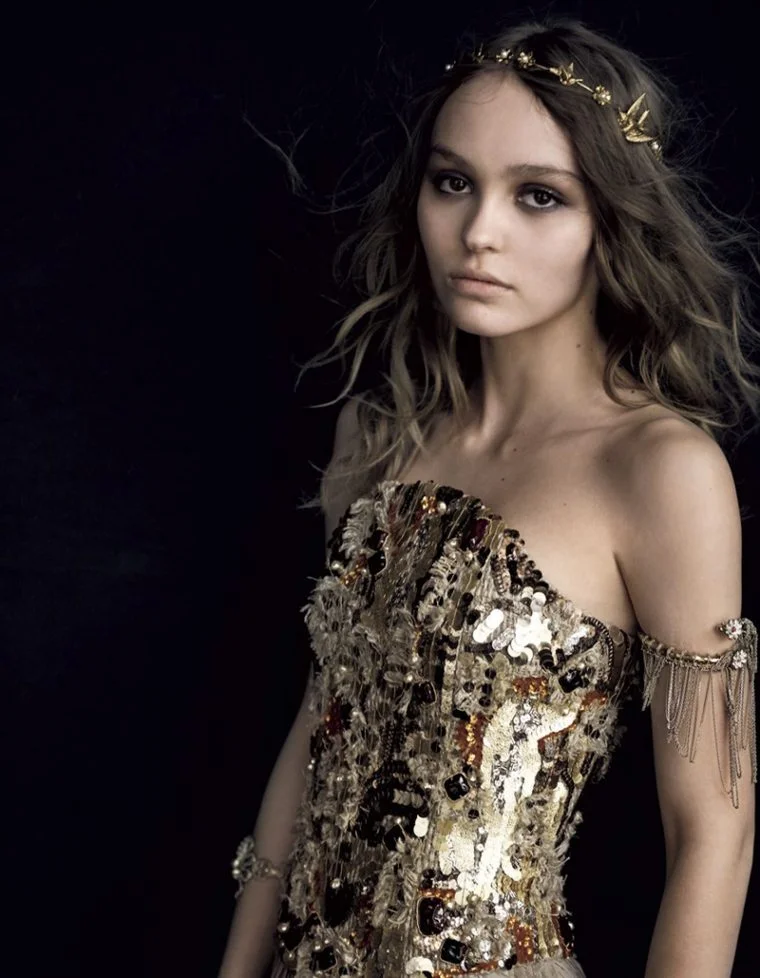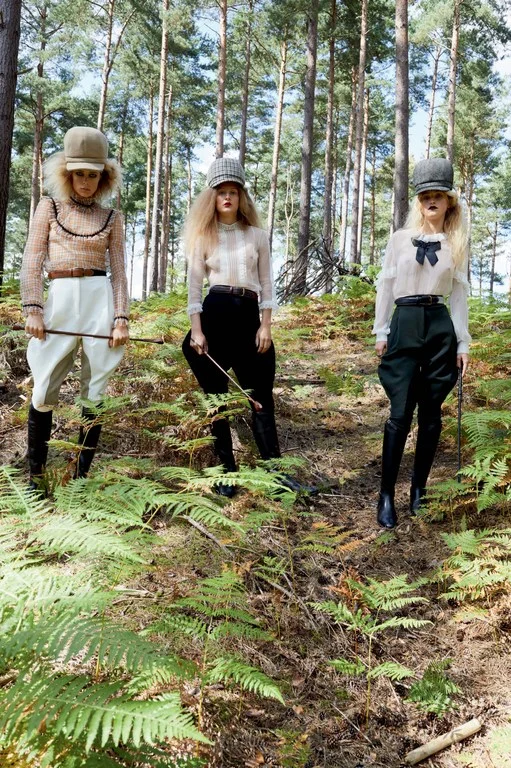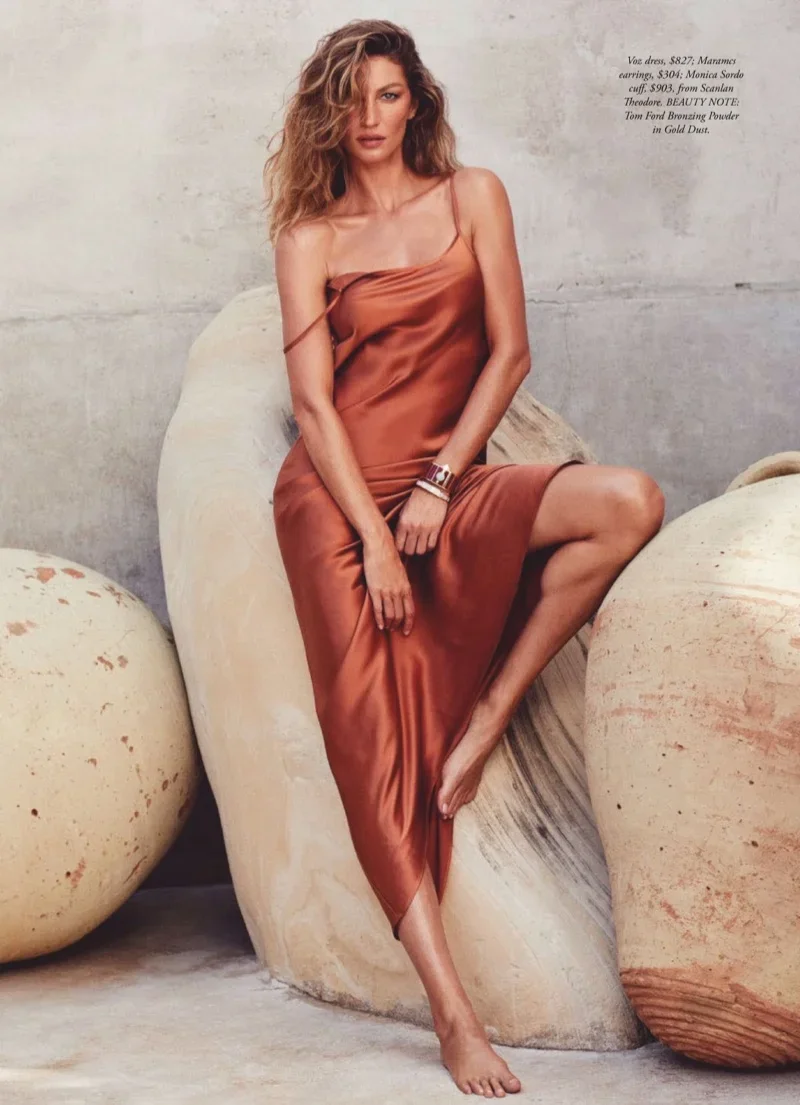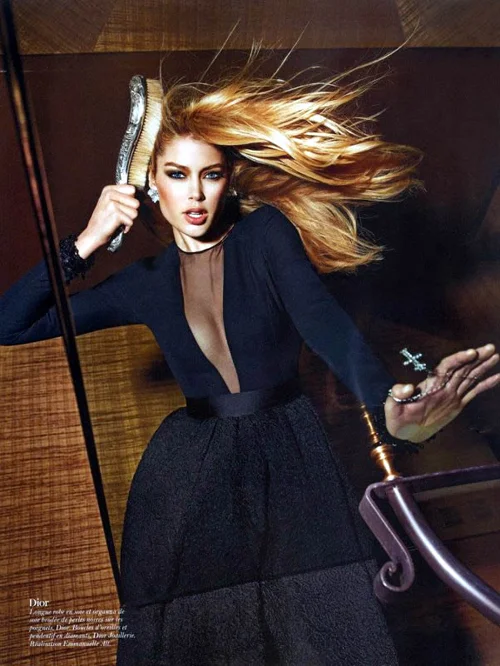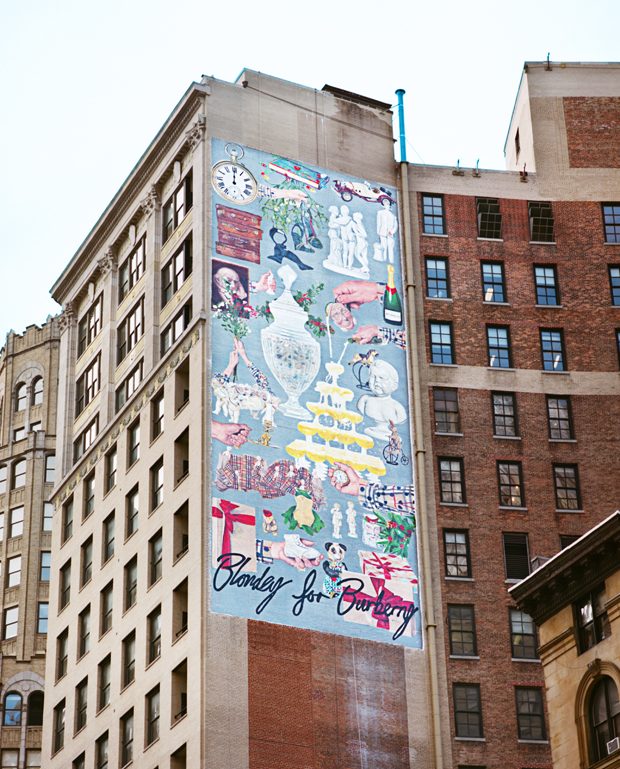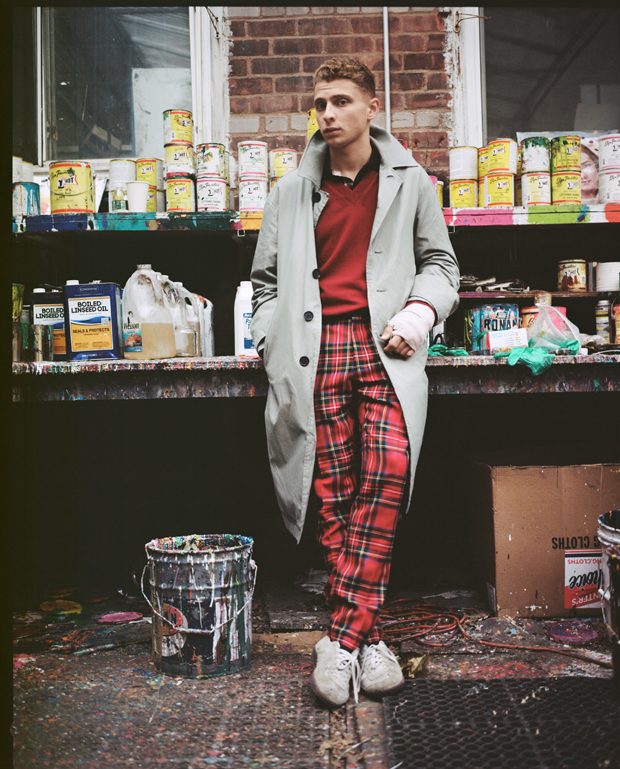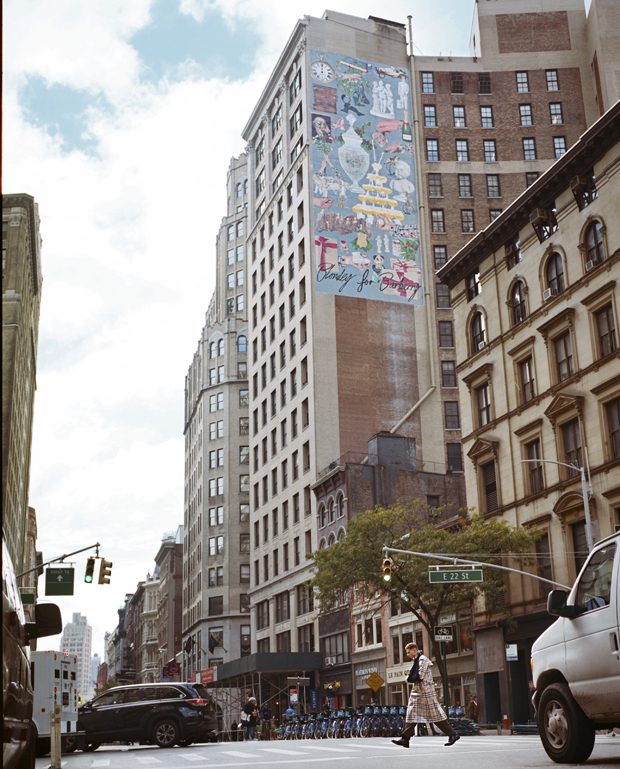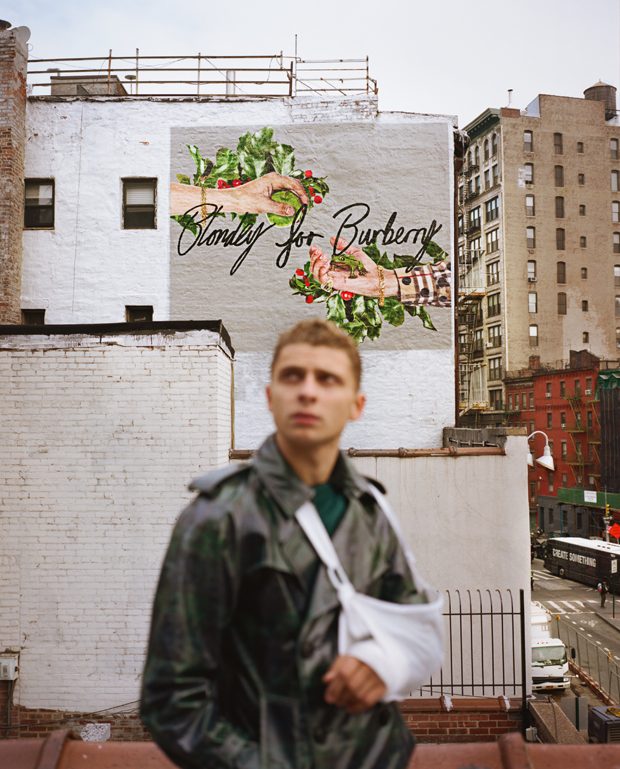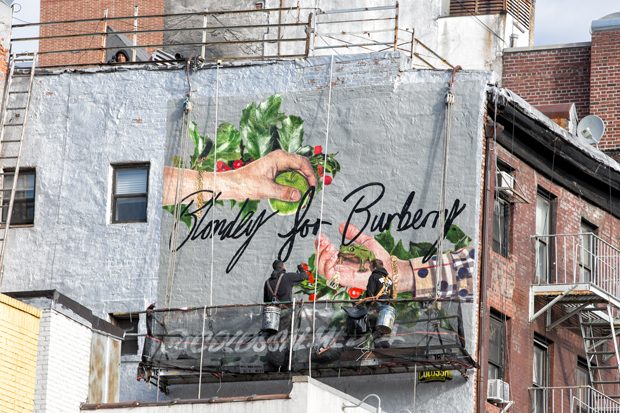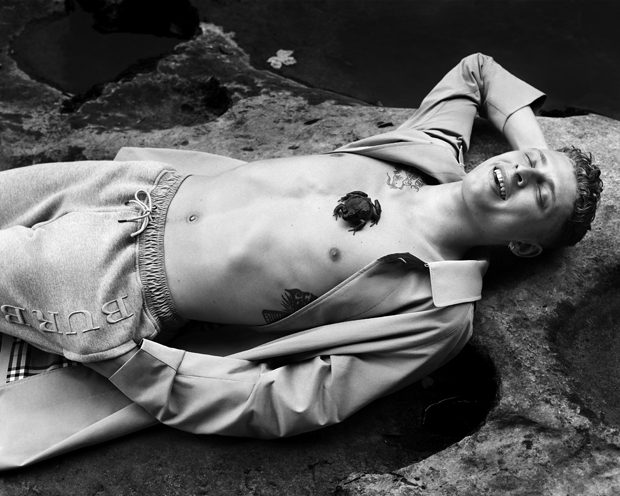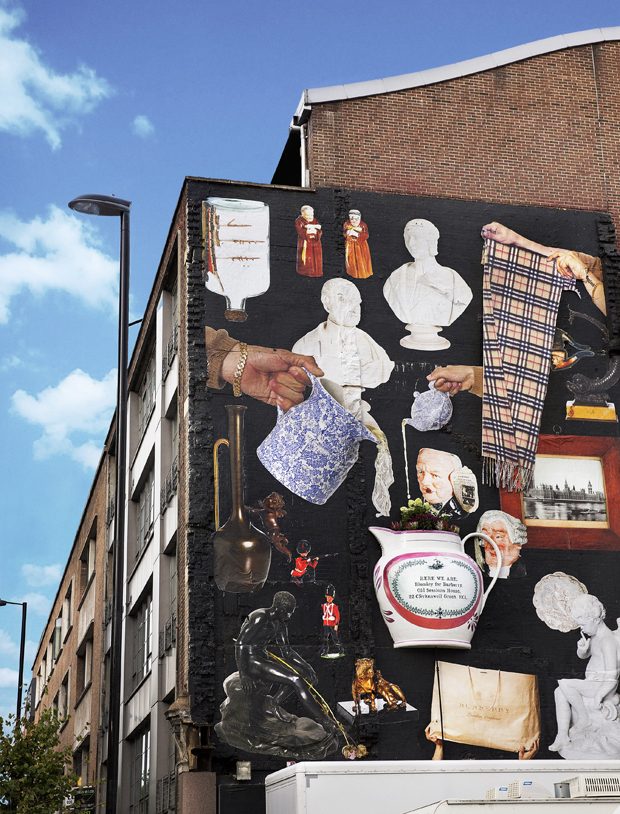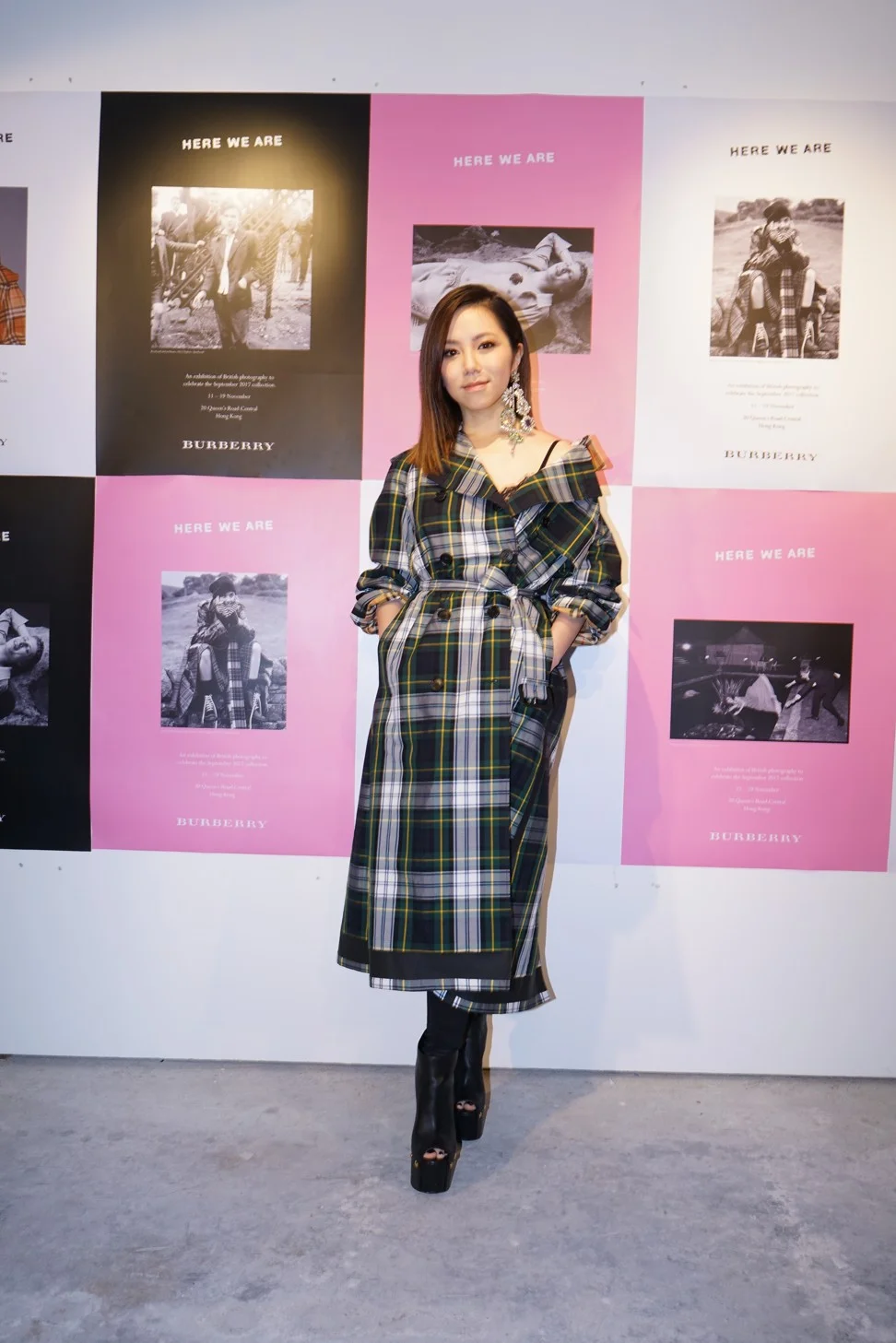Eye | Blondey MCCoy's Burberry Manhattan Murals | 'Here We Are' In Hong Kong & Paris | Gobbetti on Luxury
/Burberry has teamed up with British artist, designer ande pro-skater Blondey McCoy for a three-mural collab in Manhattan. Celebrating the holiday season, the murals will be in place through December.
The 19-year-old London-based model and skateboarder for brands like Palace, Adidas and Supreme
Earlier this year, McCoy debuted his first fashion film, 'Land of The Livid.' for his fashion brand/art company called Thames. i-D/Vice interviewed the big-wings talent in January 2017.
'Here We Are' in Hong Kong
When the British Burberry brand unveiled its spring collection at Old Sessions House during London Fashion Week, the now-departing chief creative officer Christopher Bailey was inspired by historical British photography. Bailey invited British photographer Alasdair McLellan and independent fashion and photography bookshop Claire de Rouen’s director Lucy Kumara Moore to co-curate a photography exhibition titled “Here We Are” to go alongside the runway show.
After the pop-up exhibit received 20,000 visitors in London, it moved to Hong Kong, where 'Here We Are' has been on exhibit this weekend. The spring 2018 womenswear and menswear collections are juxtaposed with some of the photographic works which inspired the new collections, displaying Christopher’s thought process behind designing the new outfits, writes SCMP.
G.E.M.
The exhibition multiple works as exhibited in Hong Kong for the first time by some of the most celebrated social and documentary photographers of the 20th century, such as Jane Bown, Brian Griffin, Dafydd Jones, Karen Knorr, Martin Parr, Charlie Phillips and Jo Spence. The exhibition also features the work of Burberry’s latest creative collaborator, McLellan (whose status may now change, with Bailey gone.).
“People who make things, whether paintings or clothes, have always looked back in time to previous examples of artworks to [boost] creativity. Photography is easily shared and very much a language about time from the past. It’s nice to acknowledge that in this exhibition,” Moore says. “Also, we used it to construct our identity. That’s what this exhibition is all about – what it means to be British, which is not just one thing but many things.”
The exhibition will next move to Paris from December 1-10.
Burberry Not Exclusve Enough, Says Marco Gobbetti
Marco Gobbetti on Monday was tapped as the new CEO of Burberry.
Burberry's new CEO Marco Gobbetti, plans to change the luxury brand's focus away from competing with brands like Polo Ralph Lauren and move it head-to-head with Louis Vuitton and Gucci.
Consumers Prefer Either Luxury Itams or Mass-Market Brands . . . The Mid-Market offering No Longer Has A Place With These Consumers
Gobbetti, who comes to Burberry from the French house Celine, says consumers either wear H&M or Zara, top-end luxury brands -- or a mix for a creative look. The middle is a dead as America's closing shopping malls.
Burberry, one of the fashion industry's most successful turnaround brands in the early 200os, has lost its pep, says Gobbetti, who is searching for a new designer.
“You want someone crazy to come in and break the mould,” said Michel Phan, professor of luxury marketing at the Emlyon Business School in France. With luxury brands captivated over Gucci's delightful and dramatic transformation.
“Young people in the fashion world don’t want to buy the same trench coat that their parents had.”
Gucci resuscitated logos and some of its buckles and clasps, pairing them with sequins and embroidered insects on new bag lines to produce novelty items Burberry could learn from as it reimagines how to use its red, black and camel check, he said.
Millennials, born in the early 1980s, now represent a third of the worldwide luxury good market. They own a wardrobe full of iconic staples and now seek fun fashion to add to their mix.
Neither a new CEO like or Gobbetti, whose track records at Celine and Givenchy were huge successes, or a merchandising chief like Burberry's Judy Collinson, fired from Christian Dior in May, will set the tone from the brand, which must come from the new artistic director.
Young French designer Simon Porte Jacquemus, who has an eponymous label, or Alexandre Mattiussi of French house Ami, are designers who could bring lightness or humour to the brand, said Mathias Ohrel of Paris-based luxury recruiters m-O Conseil.
Some have called Gobbetti's Burberry repositioning a 'fool's errand'. "The idea that you can mess around with the 161-year-old genetic code of Burberry and somehow change its position, its offer and its fundamental appeal is naïve at best, and crazy at worst," writes Mark Ritson for Marketing Week.
Shareholders are not thrilled with Gobbetti's vision, wiping almost a billion pounds out of Burberry's capitalization, after the announcement of this new strategy. Everyone agrees that luxury brands need constant revitalization, and they cite past CEO Rose Marie-Bravo's and Bailey's combined formula as a formula that worked. Ritson continues:
What Gobbetti proposed last week is a radical change in the way Burberry does its business. And that usually spells disaster. Put more simply, Burberry is not meant to be a top flight uber-luxe brand like Dior or Hermès. It’s a brand that has a peculiar combination of accessibility interwoven with its luxury. After all, it was the brand that was worn by King George V, but also by his infantry. It was founded by a young, working class man from Basingstoke, not Bond Street. He was a draper, not an aristocrat.
And Burberry is not a pure fashion brand like Prada or Gucci. Burberry has a solid stripe of functionality to off-set its fashion appeal. Its business began with outdoor clothing not indoor élan. Even in the most fashionable moments of Burberry’s recent appeal, supermodels wore coats. In the rain. On the street. This is a brand in which it can be fashionable to be functional.
Simply stated, some argue that Burberry is not broken. But investors are mighty nervous and the brand could arguably become a takeover candidate. Who knows if that might not be part of the strategy of some Burberry stockholders. To be continued . .
